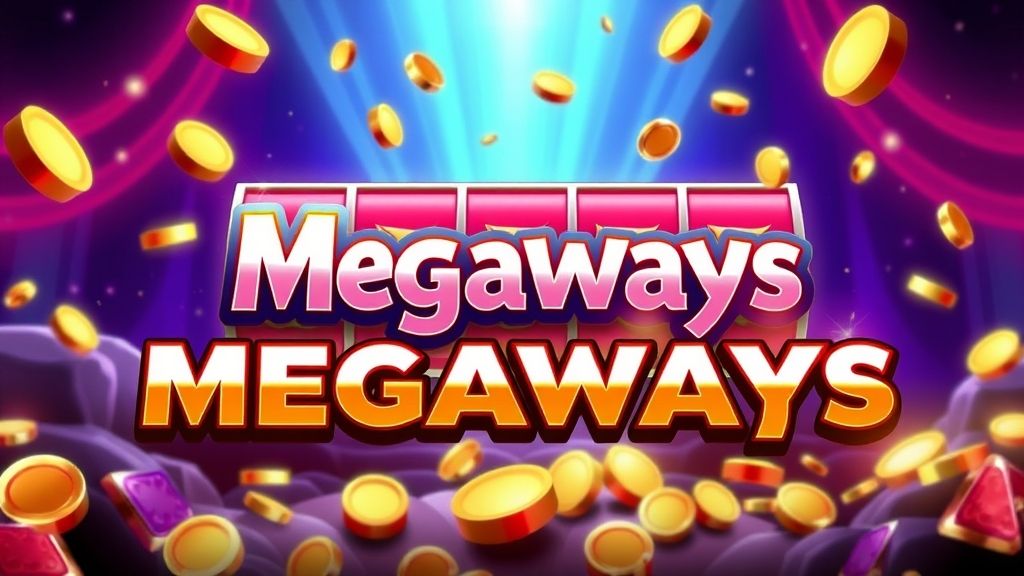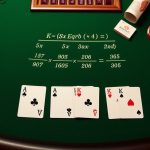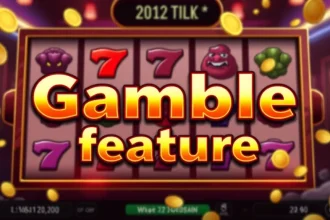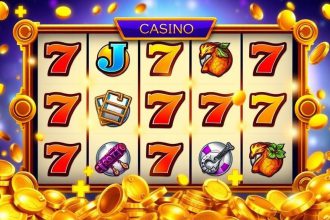Megaways, a slot mechanic pioneered by Big Time Gaming, revolutionized online gambling with its dynamic reel system, offering up to 117,649 ways to win per spin. By 2025, Megaways slots, licensed to providers like Blueprint and Red Tiger, account for 12% of slot playtime on platforms like Bet365, driven by their high volatility and combinatorial complexity. This analysis delves into the mathematical structure of Megaways, focusing on its random reel modifier and win probability calculations.
Core Mechanics of Megaways
Unlike traditional slots with fixed paylines, Megaways uses a variable number of symbols (2-7) per reel across six reels, plus an optional horizontal tracker reel. The number of ways to win is calculated as the product of symbols per reel: for six reels with up to 7 symbols each, maximum ways are ( 7^6 = 117,649 ). A tracker reel (4 symbols) adds further combinations, potentially reaching 200,704 ways in games like White Rabbit.
The RNG determines symbol counts per reel each spin, using a uniform distribution to ensure fairness. For a reel with 2-7 symbols, the probability of each count is ( \frac{1}{6} \approx 0.1667 ). Total ways ( W ) for a spin are:
[ W = \prod_{i=1}^6 S_i ]
where ( S_i ) is the number of symbols on reel ( i ). Expected ways per spin, assuming uniform distribution, is:
[ E[W] = \left( \frac{2+3+4+5+6+7}{6} \right)^6 = 4.5^6 \approx 8,214 ]
Win Probability and RTP
Win conditions require matching symbols on adjacent reels, starting from the left. For a specific symbol (e.g., “Ace”) appearing on all six reels with probability ( p_s = \frac{1}{20} ) (assuming 20 symbols per reel), the probability of a single winning combination is:
[ P(\text{win}) = \left( \frac{1}{20} \right)^6 \times E[W] \approx \frac{8,214}{20^6} \approx 0.00000082 ]
With multiple winning symbols and cascading mechanics (winning symbols removed, new ones drop), actual win probability increases. For a 96% RTP slot like Bonanza, simulations over (10^8) spins show a hit frequency of 25-30%, with variance ( \sigma^2 \approx 150 ).
House edge is derived as ( 1 – \text{RTP} = 4% ). Expected loss per $1 bet:
[ E[\text{loss}] = 1 – 0.96 = 0.04 ]
Certified by agencies like eCOGRA, Megaways RNGs pass NIST SP 800-22 tests, ensuring uniformity (p-value > 0.05).
Technical Implementation
Megaways slots use C++ or JavaScript for real-time reel calculations, with WebGL rendering dynamic grids. For example, a simplified JavaScript snippet for ways calculation:
function calcWays(reelSymbols) {
return reelSymbols.reduce((ways, symbols) => ways * symbols, 1);
}
// Example: [4, 5, 3, 6, 7, 2] -> 5,040 ways
Auditors test (10^9) spins, checking chi-squared (( \chi^2 \approx 5.99 ), df=5) for symbol distribution. Blockchain-based slots (e.g., on Cloudbet) log outcomes on Ethereum for transparency.
Challenges and Player Considerations
- High Volatility: Standard deviation (( \sigma \approx 12 )) leads to long dry spells, requiring large bankrolls.
- Complexity: Players may misjudge odds due to variable ways. Always check paytables.
- Certification Costs: $20,000-$70,000 per title limits smaller studios.
Responsible play is key: allocate 5% of budget per session, as per MGA guidelines, to mitigate variance.
Future Outlook
By 2030, Megaways may integrate AI for adaptive volatility or NFT-based bonus symbols. Quantum RNGs could enhance randomness. Try Who Wants to Be a Millionaire on demo mode to grasp mechanics, and verify certifications on licensed platforms. Megaways’ math delivers thrilling unpredictability—bet small and spin responsibly.








